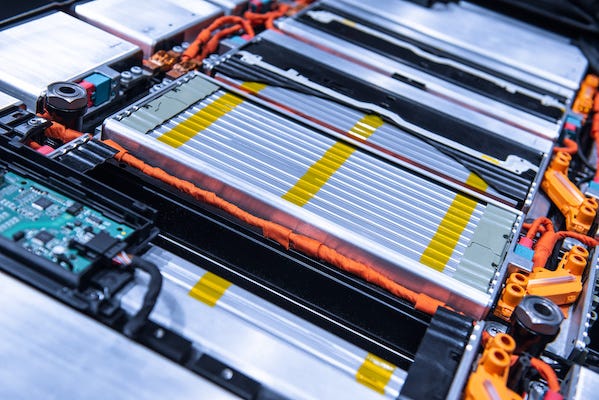Ever Thought About the Parts of a Lithium-Ion Battery? Here, we do it for you
Making a reliable, weather-proof lithium-ion battery pack requires a number of different materials and products. Here are some of them.
May 17, 2021

Electrochemistry gets all the attention, however, there are a number of components and specialty materials that are used to construct a lithium-ion battery pack. The architecture of the battery cells—pouch, prismatic, or cylindrical—has a great deal to do with how they are packaged. Cells must be held firmly in place, they must be able to transfer considerable heat energy to air or liquid cooling systems, and particularly for electric vehicles (EVs), they should be provided with some resistance to fire and to the intrusion of moisture, dirt, and debris which might compromise their performance.
The host of materials that are available to engineers who are designing and building lithium-ion battery packs can be confusing. That’s where we come in. The following are just some of the materials and their applications that are available today. Although we have chosen to highlight a look at offerings from an individual company that provides the materials in each category, in almost every case, there are a number of competitors that produce similar products.
Kevin Clemens is a Senior Editor with Battery Technology.
About the Author(s)
You May Also Like





